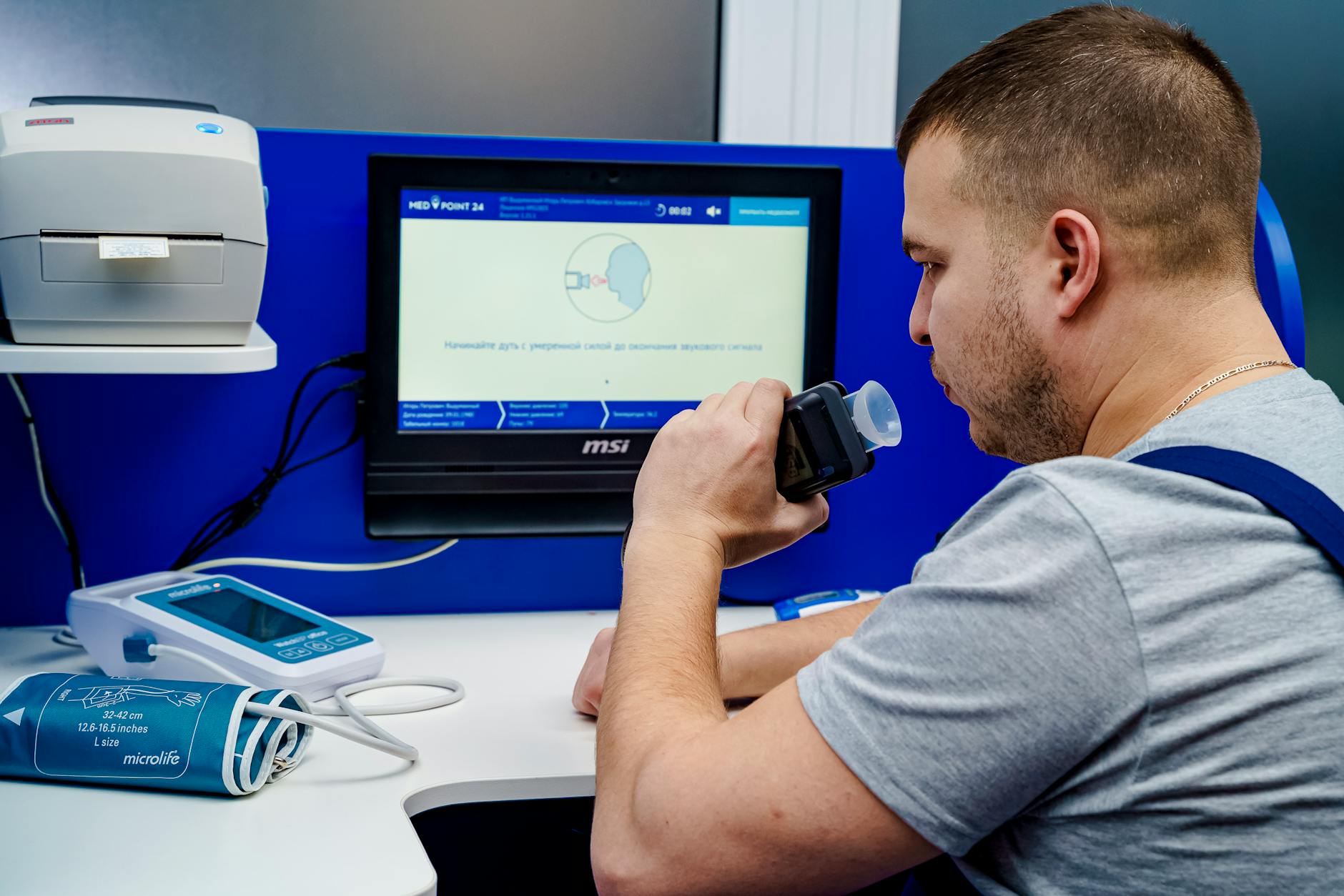Curious about the science of alcohol intoxication? Find out how many beers it really takes to reach that tipping point.
Table of Contents
Have you ever found yourself pondering the age-old question: “How many beers does it take to get drunk?” It’s a common curiosity among social drinkers and party-goers alike. In this blog post, we will delve deep into the science behind alcohol metabolism, individual tolerance levels, and various factors influencing intoxication to provide a comprehensive answer to this intriguing question.
The Science Behind Alcohol Metabolism
Alcohol metabolism is a complex process that involves the liver breaking down ethanol into acetaldehyde and then into acetic acid, which is eventually eliminated from the body. The rate at which this process occurs can vary depending on a variety of factors.
For starters, gender plays a significant role in alcohol metabolism. Generally, women tend to metabolize alcohol slower than men due to differences in body composition and enzyme activity. Additionally, weight and metabolism rate also play a part in how quickly alcohol is processed by the body. Individuals with higher weight and faster metabolism may require more alcohol to reach intoxication compared to those with lower weight and slower metabolism.
Individual Tolerance Levels
Each person’s tolerance to alcohol is unique and can depend on a variety of factors, including genetics, age, and overall health. Regular alcohol consumption can increase tolerance levels over time, meaning that a frequent drinker may require more alcohol to feel the same effects as someone with a lower tolerance.
It’s important to note that tolerance does not equate to immunity to the effects of alcohol. Even individuals with high tolerance levels can reach intoxication if they consume alcohol in excessive amounts.
Factors Influencing Intoxication
While the number of beers it takes to get drunk can vary from person to person, there are several external factors that can influence intoxication levels. For example, consuming alcohol on an empty stomach can lead to faster absorption and increased intoxication. On the other hand, eating a meal before drinking can help slow down the absorption of alcohol and reduce its effects.
Staying hydrated while drinking is also crucial in maintaining a steady blood alcohol concentration. Dehydration can exacerbate the effects of alcohol and lead to a quicker onset of intoxication.
It’s also important to be mindful of mixing alcohol with other substances, such as medications or illicit drugs, as this can have dangerous and unpredictable effects on the body.
By understanding the science behind alcohol metabolism, individual tolerance levels, and various factors influencing intoxication, individuals can make informed decisions about their alcohol consumption and prioritize their safety while enjoying a drink.
Remember, moderation is key when it comes to alcohol consumption. It’s always best to drink responsibly and know your limits to avoid the risks associated with excessive drinking.
Stay tuned for more in-depth discussions on related topics in future blog posts. Cheers to staying informed and staying safe!
FAQ
Question 1: How many beers does it take to get drunk?
Answer 1: The number of beers needed to reach intoxication varies depending on individual factors like weight, metabolism, and tolerance levels.
Question 2: Can drinking on an empty stomach increase intoxication?
Answer 2: Yes, consuming alcohol without food can lead to faster absorption and increased intoxication.
Question 3: Does tolerance to alcohol mean immunity to intoxication?
Answer 3: While tolerance can increase, even individuals with high tolerance levels can reach intoxication with excessive alcohol consumption.
Question 4: What are some factors that can influence intoxication levels?
Answer 4: Factors like hydration, mixing alcohol with other substances, and overall health can influence how quickly one reaches intoxication. Moderation and awareness are key to staying safe while drinking.
Generated by Texta.ai Blog Automation


Leave a Reply